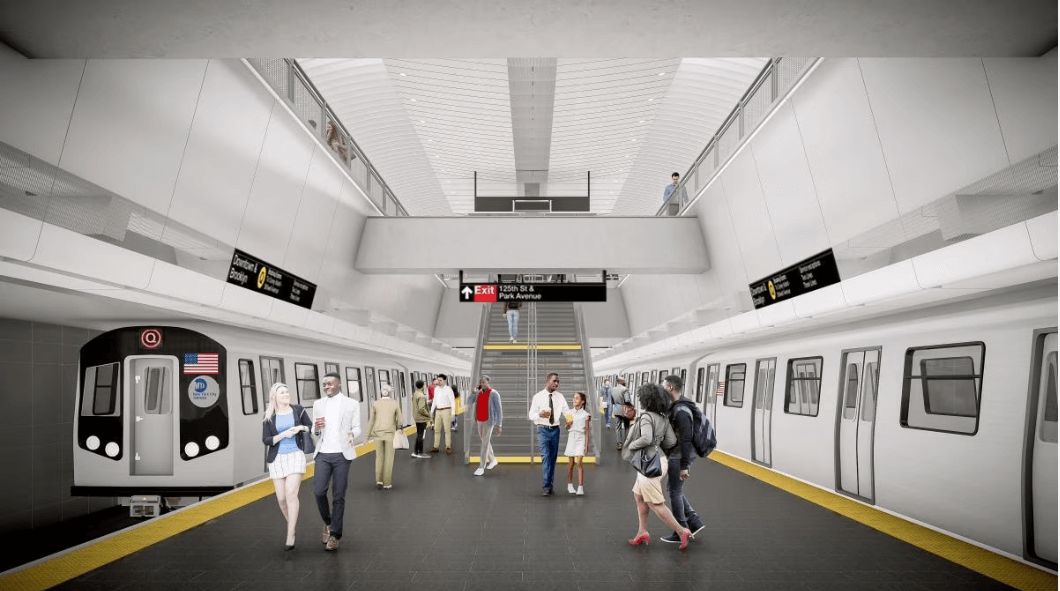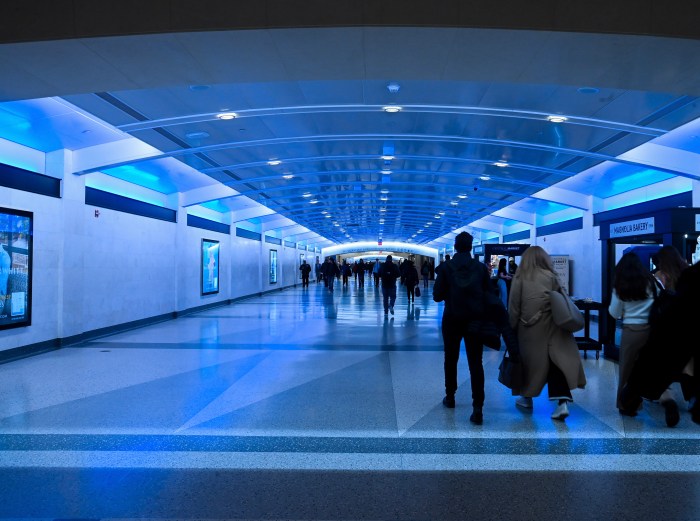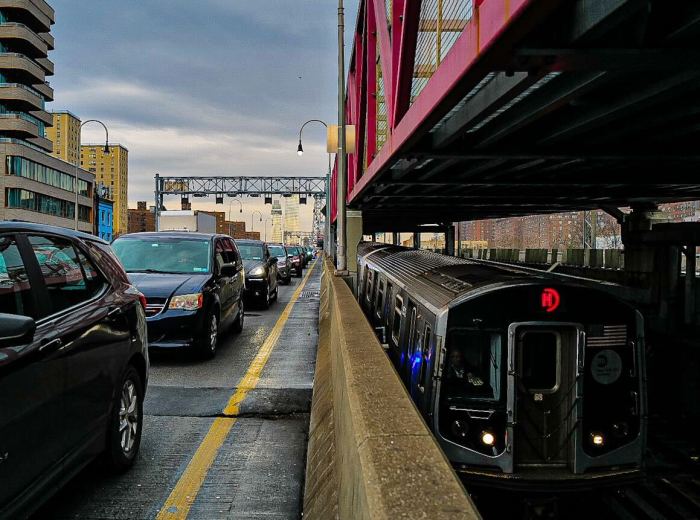Gov. Kathy Hochul proposed extending the Second Avenue Subway project west on 125th Street — aiming to build three new stations on a new crosstown stretch connecting riders from downtown and the Bronx with the Q line heading down the east side.
The governor announced her backing for the incipient scheme in her State of the State address in Albany Tuesday.
“Governor Hochul knows New York needs another crosstown rail connection,” reads the governor’s 2024 State of the State policy book. “And we can’t wait another decade to begin planning it.”
The line would include three new stops on 125th Street at Lenox Avenue, St. Nicholas Avenue and Broadway — connecting the Q train to the 1, 2, 3, A, B, C, and D lines, plus a smattering of bus routes.
Of course, the proposal — first reported by Gothamist on Tuesday — is just that, and any work on actually building the project is many years and reviews away.
The MTA received $3.4 billion in federal grants last year to extend the Q train from 96th Street and 2nd Avenue to 125th Street and Lexington Avenue, where it will connect with the 4,5, and 6 trains; construction is set to start soon but completion shouldn’t be expected for many years.
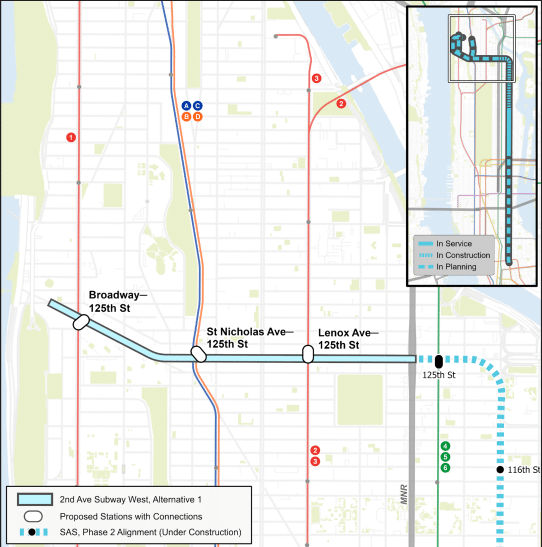
Phase 2, as the extension to 125th and Lexington is known, first saw a completed environmental review all the way back in 2004. The Second Avenue Subway project itself had incubated since the 1920s, and the first phase to 96th Street was finally completed in 2017.
The total cost of Phase 2 is estimated at $7.7 billion, including the cost of servicing debt. In its recent 20-year needs assessment, the MTA estimated the cost of extending the Q westward to Broadway would be $7.55 billion.
But while the dream had long been extending the Second Avenue Subway southward to Lower Manhattan, providing service to east side residents who currently schlep to the Lexington line, the needs assessment contended the agency would get more bang for its buck by extending it westward instead.
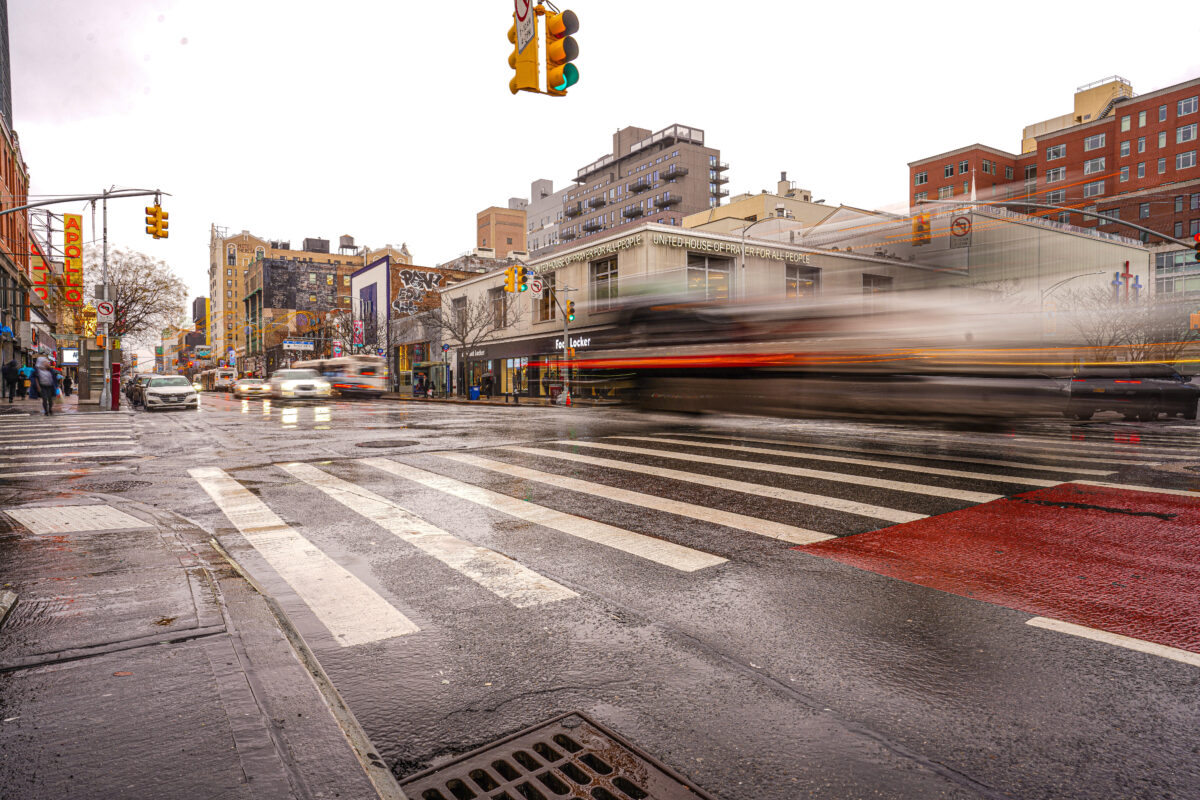
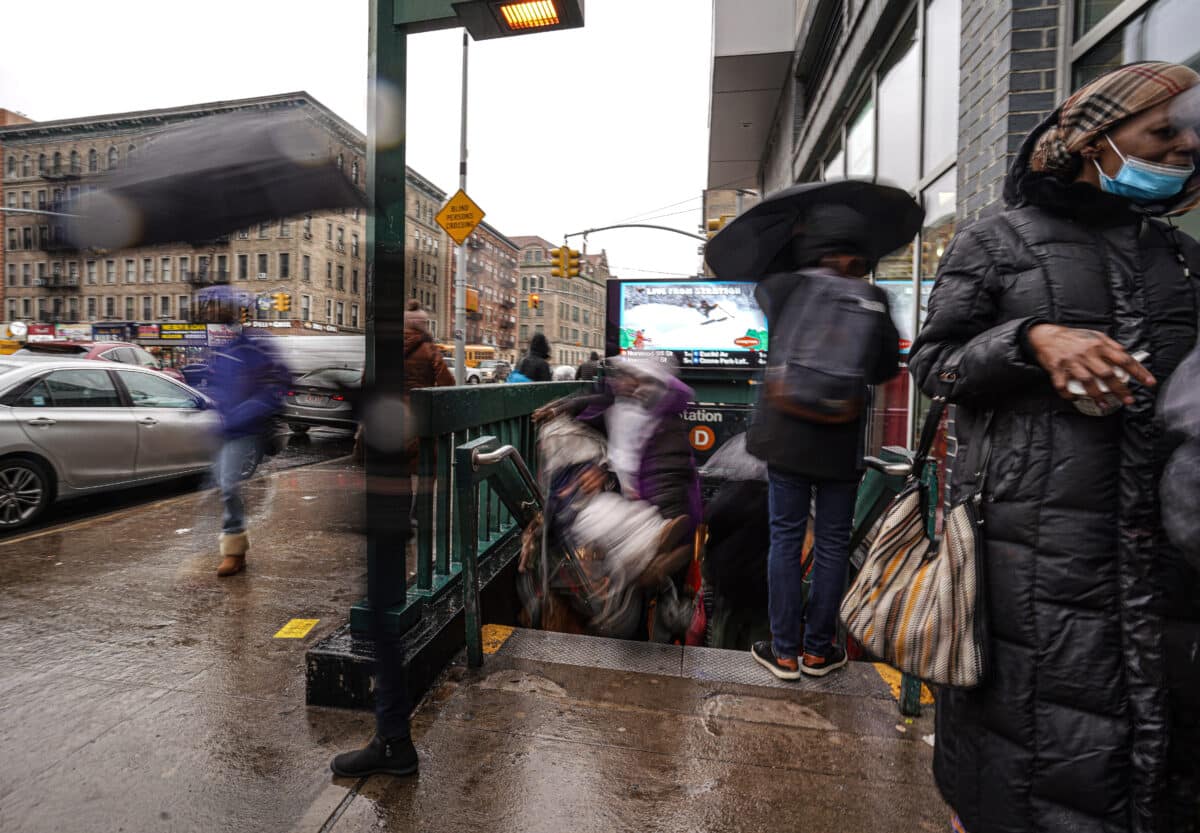
The MTA projects the westward expansion would serve some 240,000 riders daily by 2045, more than a southward expansion to Houston Street and for less money. Over 90% of ridership would be from “equity communities,” and it would also ease overcrowding on the buses that use 125th Street.
Further, since the expensive and laborious work of tunnel boring would already have concluded on 125th Street after Phase 2, the governor says extending westward could “incur substantial time and cost savings, estimated at over $400 million, relative to performing that work at a later date.”
As construction kicks into gear on Phase 2 to 125th and Lexington, the MTA will also start conducting a feasibility study on the westward expansion to Broadway in 2024, Hochul says.
IBX to enter ‘formal design and engineering’
The governor also expanded on her proposal to build the Interborough Express (IBX), a light rail project on an underused freight spur connecting Brooklyn and Queens. The 20-year needs assessment projected the IBX would cost $5.5 billion and carry 120,000 passengers each day by 2045.
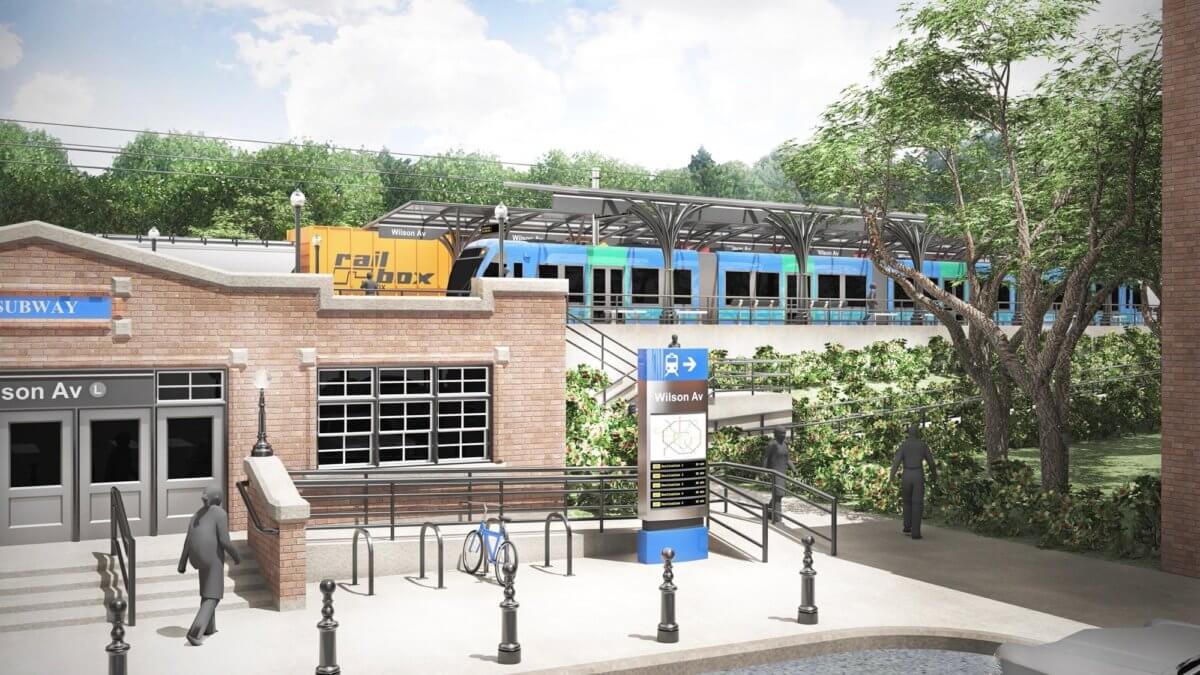
An environmental review started in January 2022, and the governor said in the policy book that the IBX project would move ahead into the “formal design and engineering” phase, “an essential step in allowing this project to proceed.”
The governor has previously described the IBX project as her “baby,” and if completed it would dramatically expand transit connectivity between Brooklyn and Queens and considerably cut commute times between the two boroughs, with transfer opportunities to numerous other subway lines.
The IBX is based on a longtime proposal from the Regional Plan Association called the TriboroRX, which would have extended it further north into the Bronx, but the Boogie-Down portion was cut from the administration’s plans due to the MTA’s existing Penn Access project to bring Metro-North trains to Manhattan’s west side, using the same tracks in the Bronx as would the TriboroRX.
Law enforcement plans
Meanwhile, the governor said she plans to go after scofflaws who purposely deface or remove their license plates to evade tolls and speed cameras. More than 5% of license plates are now going unread by toll collection cameras, her office says.
The governor says she will propose legislation to increase fines for defacing or obscuring license plates, ban the sale of devices which obscure lettering on a plate and allow police to seize plate covers, and designate toll evasion as a “theft-of-services misdemeanor.”
Finally, Hochul said she will again support the passage of Sammy’s Law, which would allow New York City to reduce its speed limits to 20 miles per hour. Last year, the bill had the support of the governor, Mayor Eric Adams, the State Senate, and numerous advocacy groups, but it died in the Assembly when Speaker Carl Heastie declined to bring it to a vote, despite Sammy’s mother going on a hunger strike at the state Capitol.



